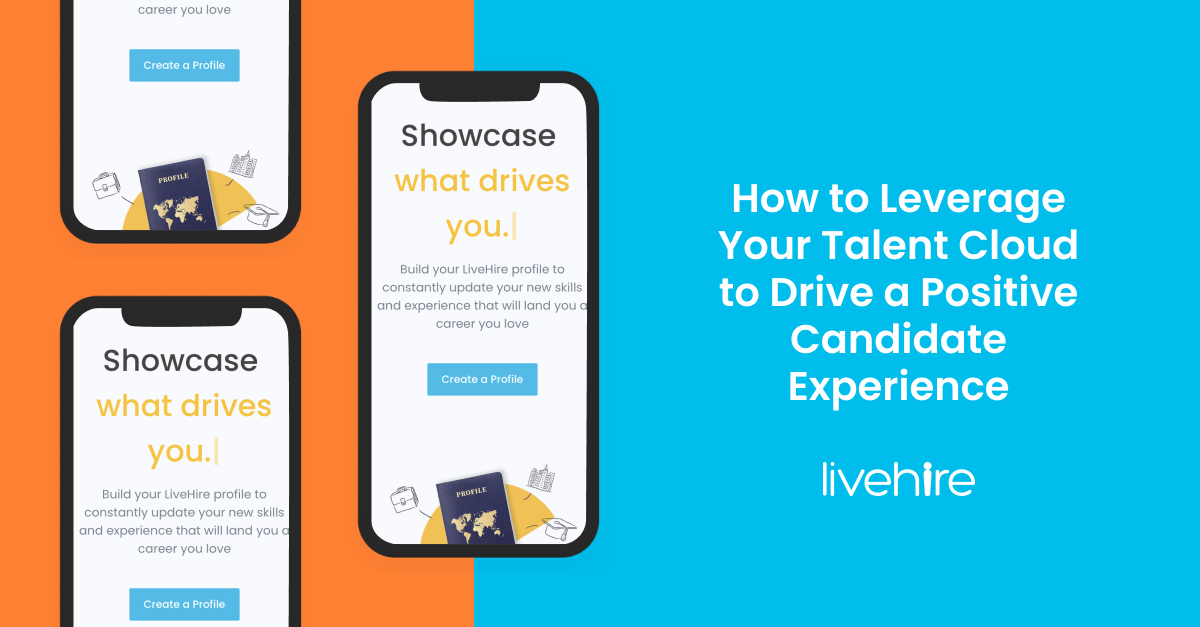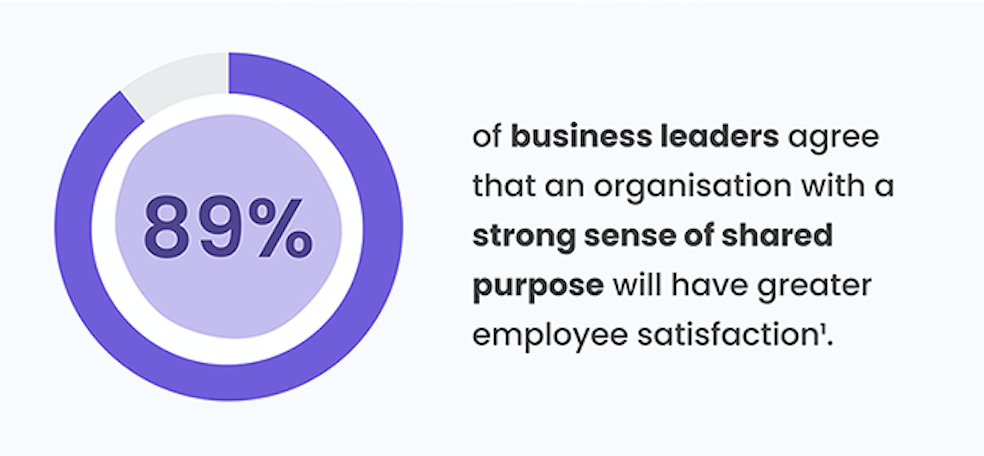
From small organisations to big organisations, recruitment is an integral part of any business. You are who you hire, and it can be said that your team is only as strong as your weakest employee. In today’s competitive war on talent, the landscape of attracting employees has changed forever. It’s now the responsibility of the company to do all that they can to attract the best talent, and to do so you lose out to your competitors, and that means creating a streamlined recruitment process.
Organisations need to implement a recruitment process that makes candidates feel certain that this company is the right choice for them. By giving candidates the best first impression of your organisation that you can, your potential future employee is more likely to apply for the role in the first place. A positive recruitment process can carry this positive experience throughout the entire employee lifecycle. For example, you could show off your Employer Branding through your careers site or by creating a job description that really speaks to your culture and to the role, and then assist your employee in outplacement opportunities at the commencement of their role.
From small organisations to big organisations, recruitment is an integral part of any business.
Steps to the recruitment process
1. Your Brand/ Culture
Your Employer Brand describes your organisations reputation as a place to work, as well as your employee value proposition; what you stand for, your mission, your vision. This is opposed to your general brand reputation and value proposition to customers. Your Employer Brand and your Culture sets you apart from your competitors, by giving your organisation a why.
By having a solid understanding of your brand, you will organically be able to attract potential recruits. You can do this by ensuring websites, careers pages and social media sites are up to date and aligned with your brand image.
You need to be sure you answer the following questions:
1. Why do you want to work for us?
2. Why do people work for us?
2. Promote job listings everywhere
Although top organisations are now turning towards Talent Communities for the ability to proactively find the best talent, for hard-to-fill roles it’s important that you boost your sourcing powers as much as possible, by posting your job listings for hard-to-fill roles on a variety of job sites. Platforms such as LiveHire allow you to post your original job vacancy directly to platforms such as Seek and LinkedIn, with the applications then feeding into the platform.
You should also utilise your social media accounts to encourage interested talent to not only join your Talent Community, but to promote specific job listings. Potential employees who are interested in your brand will probably already engage with you on social media.
3. Job Descriptions
When it comes to writing job descriptions, make sure that you are setting the right expectations. Traditionally, a job description has been limited to describing the skills and competencies needed of the employee to fulfil their role, what day-to-day activities the job will be, and where they will fit in the overall company hierarchy.
Today, however, although job descriptions include the above information, they also focus on the employee value position (EVP) of their organisation, the benefits of taking the role, and the company’s mission statement and culture.
When writing a job description you need to make them enticing and really speak to your culture and employer brand, but at the same time, you need to be sure they are not convoluted and overly complicated. They also really need to match your brand and culture.
Learn more about writing job descriptions here.
4. Application Process
To create a recruitment process that attracts the best employees means you need to ensure that your application process is succinct while answering all the important questions.
When considering creating your process you should consider the benefit of implementing a modern Applicant Tracking System (ATS). An ATS is a piece of technology that allows organisations to source candidates, engage with candidates and hire candidates all on one platform. A good ATS, such as LiveHire, will mean reduced recruitment spend, more efficient teams and a better candidate experience.
By adding online checks and assessment integrations to your ATS, you can speed up the screening process and ensure you hire the best staff for your organisation. This can include personality tests, behavioural tests, police checks and employment references.
You can explore LiveHire’s marketplace here.
Having a streamlined application process will ensure you qualify the right people.
5. Talent Pooling
Talent Pools of qualified and engaged candidates allows your organisation to hire instantly when the right job opportunity arises. Talent Pools either when candidates create unique candidate controlled profiles and join your Talent Community and recruiters engage with them to qualify their skills and place them into Talent Pools for roles they don’t need to hire immediately but know they will in the future, or when a candidate applies for a specific job vacancy and is a silver medalist. This means they are a very good fit for the role, but they just missed out to someone else. These pre-qualified candidates in your Talent Pool mean you can eliminate the extra steps in the hiring process, such as sourcing and posting a job vacancy.
Talent Pools allow your organisation to not only save money but save recruitment costs. Tailor-made roles can also be made based off the back of your talent pooled candidates experience and credentials.
6. Applicant Tracking Systems
The benefits of implementing a good and modern Applicant Tracking System (ATS) in your organisation will result in a process that guarantees the best employees. Another top benefit is that it saves your organisation time and money.
By investing in the right ATS, such as LiveHire, your organisation will create a streamlined process from the careers page to schedule a video interview. A good ATS will also let your recruitment team filter candidate profiles by skills and ability, meaning you can find the right candidates faster.
ATS platforms such as LiveHire also give recruiters the ability to send message templates to candidates that are personalised by the organisation, making hiring easier.
7. Personalisation
Adding a personal touch to the recruitment process can go a long way. LiveHire’s unique two-way on platform and SMS engagement platform allows recruiters to communicate with candidates from anywhere at any time. This way of engaging is more personalised but also ensures that candidates and recruiters are constantly in communication.
Candidates will know that they are valued, and feel an instant connection to the organisation.
8. Interview Process
Depending on the position and how many people are being hired for the role, it’s important to consider the nature of the interview, and how contributing elements will impact the outcome. For example, you should consider if it’s a formal or informal interview or a group interview versus one-on-one. The interview process is a great time to involve your company culture so that potential employees can get a feel for the workplace environment.
By following the steps listed above, you’ll be guaranteed the best talent for your organisation everytime.
Learn more about a recruitment process that guarantees the best employees here.



